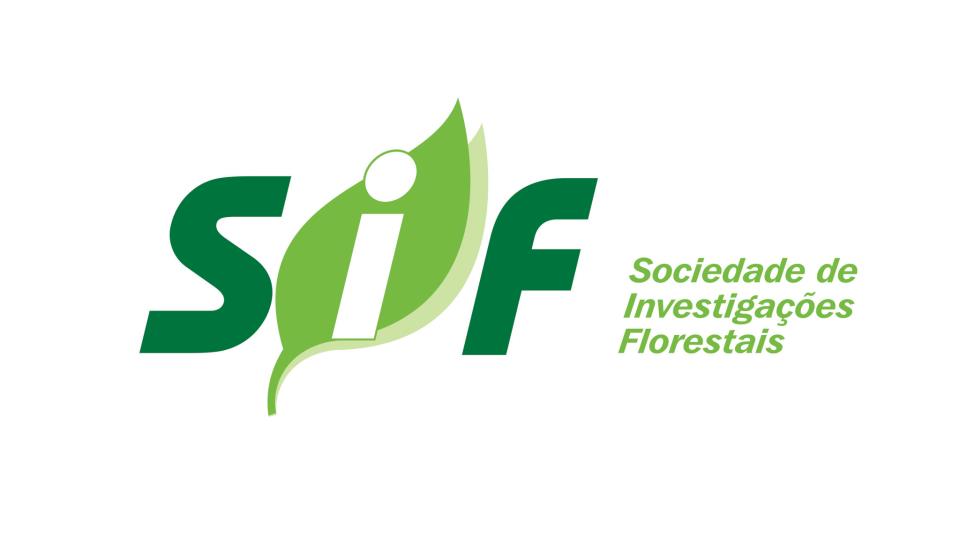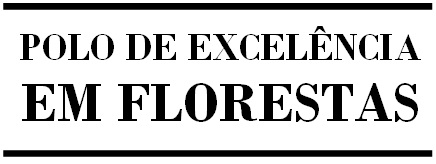Biblioteca Florestal
Digital
Digital
Natural regeneration in abandoned fields following intensive agricultural land use in an Atlantic Forest island, Brazil

JavaScript is disabled for your browser. Some features of this site may not work without it.
| dc.contributor.author | Silvestrini, Milene | |
| dc.contributor.author | Cysneiro, Airton de Deus | |
| dc.contributor.author | Lima, Aline Lopes | |
| dc.contributor.author | Veiga, Larissa Giorgeti | |
| dc.contributor.author | Isernhagen, Ingo | |
| dc.contributor.author | Tamashiro, Jorge Yoshio | |
| dc.contributor.author | Gandolfi, Sergius | |
| dc.contributor.author | Rodrigues, Ricardo Ribeiro | |
| dc.date.accessioned | 2014-09-12T11:20:48Z | |
| dc.date.available | 2014-09-12T11:20:48Z | |
| dc.date.issued | 2012 | |
| dc.identifier.citation | SILVESTRINI, M. et al. Natural regeneration in abandoned fields following intensive agricultural land use in an Atlantic Forest island, Brazil. Revista Árvore, Viçosa, v. 36, n. 4, p. 659-671. 2012. | pt_BR |
| dc.identifier.issn | 1806-9088 | |
| dc.identifier.uri | http://www.bibliotecaflorestal.ufv.br/handle/123456789/10922 | |
| dc.description.abstract | The time required to regrowth a forest in degraded areas depends on how the forest is removed and on the type of land use following removal. Natural regeneration was studied in abandoned old fields after intensive agricultural land use in areas originally covered by Brazilian Atlantic Forests of the Anchieta Island, Brazil in order to understand how plant communities reassemble following human disturbances as well as to determine suitable strategies of forest restoration. The fields were classified into three vegetation types according to the dominant plant species in: 1) Miconia albicans (Sw.) Triana (Melastomataceae) fields, 2) Dicranopteris flexuosa (Schrader) Underw. (Gleicheniaceae) thickets, and 3) Gleichenella pectinata (Willd.) Ching. (Gleicheniaceae) thickets. Both composition and structure of natural regeneration were compared among the three dominant vegetation types by establishing randomly three plots of 1 x 3 m in five sites of the island. A gradient in composition and abundance of species in natural regeneration could be observed along vegetation types from Dicranopteris fern thickets to Miconia fields. The gradient did not accurately follow the pattern of spatial distribution of the three dominant vegetation types in the island regarding their proximity of the remnant forests. A complex association of biotic and abiotic factors seems to be affecting the seedling recruitment and establishment in the study plots. The lowest plant regeneration found in Dicranopteris and Gleichenella thickets suggests that the ferns inhibit the recruitment of woody and herbaceous species. Otherwise, we could not distinguish different patterns of tree regeneration among the three vegetation types. Our results showed that forest recovery following severe anthropogenic disturbances is not direct, predictable or even achievable on its own. Appropriated actions and methods such as fern removal, planting ground covers, and enrichment planting with tree species were suggested in order to restore the natural forest regeneration process in the abandoned old fields. | pt_BR |
| dc.description.abstract | O tempo necessário para a regeneração de uma floresta em áreas degradadas depende de como a floresta foi removida e do tipo de uso do solo após o desmatamento. A regeneração natural foi estudada em campos abandonados após intensivo uso agrícola em áreas originalmente cobertas por Floresta Atlântica na Ilha Anchieta, Ubatuba, Brasil, com o objetivo de entender como as comunidades vegetais se re-estruturam após perturbações antrópicas e determinar estratégias apropriadas de restauração florestal. Os campos foram classificados em três tipos de vegetação, em função da espécie vegetal dominante: 1) campos de Miconia albicans (Sw.) Triana (Melastomataceae), 2) gleicheniais de Dicranopteris flexuosa (Schrader) Underw. (Gleicheniaceae) e 3) gleicheniais de Gleichenella pectinata (Willd.) Ching. (Gleicheniaceae). A composição e estrutura da regeneração natural foram comparadas entre os três tipos de vegetação, delimitando-se aleatoriamente três parcelas de 1 m x 3 m, em cinco locais da ilha. Foi observado um gradiente na composição e abundância de espécies na regeneração natural ao longo dos três tipos de vegetação, dos gleicheniais de Dicranopteris até os campos de Miconia. Esse gradiente não seguiu exatamente o mesmo padrão de distribuição dos três tipos de vegetação na ilha em relação à proximidade com os remanescentes florestais. Uma complexa associação de fatores bióticos e abióticos parece estar afetando o recrutamento e estabelecimento das plântulas nas parcelas estudadas. A baixa regeneração de plantas nos gleicheniais de Dicranopteris e Gleichenella sugere o efeito inibitório das samambaias sobre o recrutamento de espécies herbáceas e arbustivo-arbóreas. Entretanto, não foi possível distinguir diferentes padrões de regeneração arbórea entre os três tipos de vegetação. Os resultados indicaram que a regeneração florestal após distúrbios antrópicos intensos não é direta, previsível ou, mesmo, alcançável por si só. Ações e técnicas apropriadas para cada área, como remoção das samambaias, cobertura de solo e enriquecimento com espécies arbóreas foram sugeridas, visando à restauração da regeneração natural dos campos e ao seu retorno às condições florestais. | pt_BR |
| dc.format | 13 páginas | pt_BR |
| dc.language.iso | en | pt_BR |
| dc.publisher | Sociedade de Investigações Florestais | pt_BR |
| dc.relation.ispartofseries | Revista Árvore:v.36,n.4; | |
| dc.subject.classification | Ciências Florestais::Meio ambiente::Ecologia e ecossistemas florestais | pt_BR |
| dc.subject.classification | Ciências Florestais::Meio ambiente::Recuperação de áreas degradadas | pt_BR |
| dc.title | Natural regeneration in abandoned fields following intensive agricultural land use in an Atlantic Forest island, Brazil | pt_BR |
| dc.title | Regeneração natural em áreas abandonadas após intensivo uso do solo em uma ilha originalmente coberta pela Floresta Tropical Atlântica, Brasil | pt_BR |
| dc.type | Artigo | pt_BR |
Arquivos deste item
| Arquivos | Tamanho | Formato | Visualização | Descrição |
|---|---|---|---|---|
| Revista_Arvore_v36_n4_p659-671_2012.pdf | 2.384Mb |

|
Visualizar/ |
Artigo |





